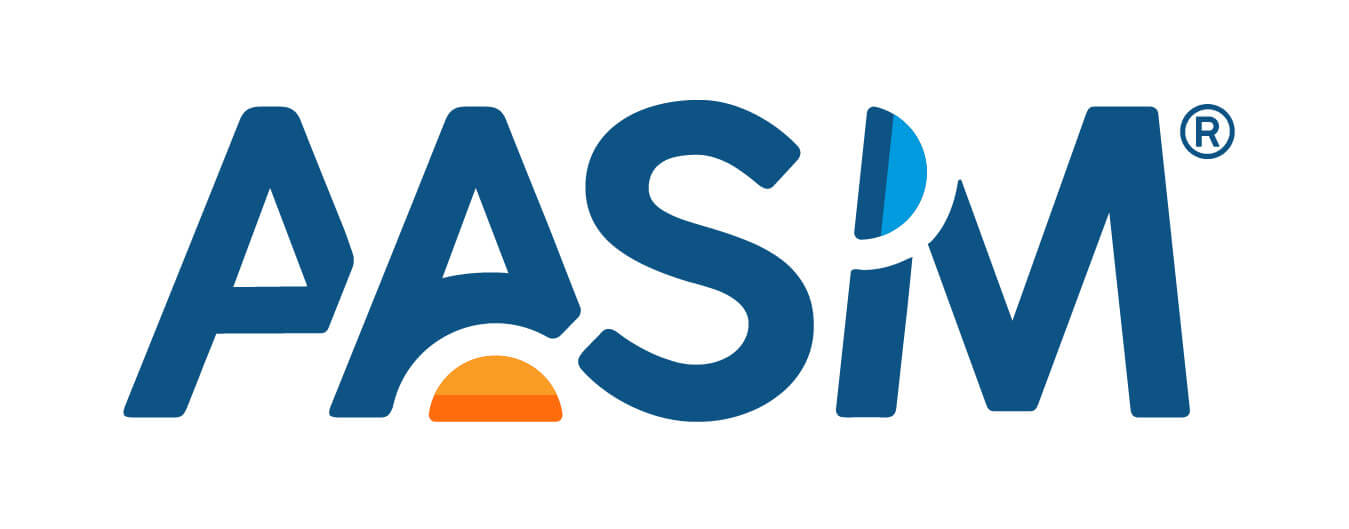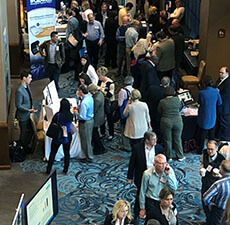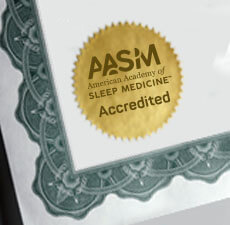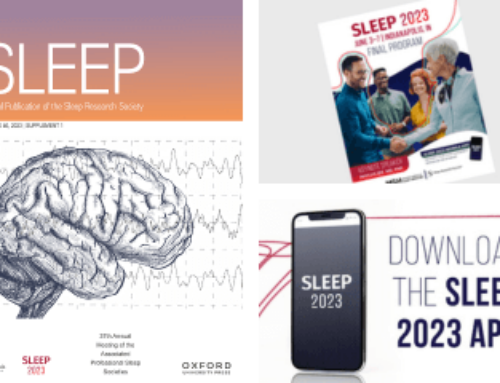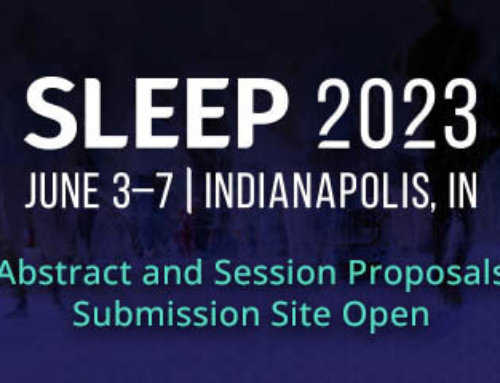CONTACT: AASM Director of Communications Kathleen McCann
708-492-0930, ext. 9316
WESTCHESTER, IL – Excessive sleepiness is more common in the U.S. than in Europe, which raises concerns for public health and safety, according to a research abstract that will be presented Tuesday, June 8, 2010, in San Antonio, Texas, at SLEEP 2010, the 24th annual meeting of the Associated Professional Sleep Societies LLC.
Results indicate that 19.5 percent of U.S. adults reported having moderate to excessive sleepiness, which was comparable between men and women. Furthermore, 11 percent of participants reported severe sleepiness, which was more prevalent in women (13 percent) than in men (8.6 percent).
“The prevalence of excessive daytime sleepiness is very high in the American population, much higher than what we observed in the European population,” said principal investigator Dr. Maurice Ohayon, professor of psychiatry at Stanford University and director of the Stanford Sleep Epidemiology Research Center in Palo Alto, Calif. In a study published in the June 2002 issue of the journal Neurology, Ohayon reported that the prevalence of excessive daytime sleepiness in five European countries was 15 percent.
“Insufficient sleep is plaguing the American population and is one of the leading factors for excessive daytime sleepiness,” Ohayon added.
The study also found that nearly 18 percent of participants reported falling asleep or being drowsy in situations that required a high level of concentration, such as during meetings or conversations. In these situations people with obstructive sleep apnea were three times more likely to be sleepy (odds ratio = 3.0), people with an insomnia diagnosis (OR = 2.6) and those who typically sleep for six hours or less (OR = 2.5) were over two times more likely to be drowsy, and people who perform night work (OR = 1.9) and those with a major depressive disorder (OR = 1.9) were nearly two times more likely to report sleepiness.
These results raise public safety concerns, particularly regarding the potential for workplace injuries and drowsy driving accidents related to excessive sleepiness.
“The number of individuals sleepy or drowsy during situations where they should be alert is disturbing,” said Ohayon. “Sleepiness is underestimated in its daily life consequences for the general population, for the shift workers and for the people reducing their amount of sleep for any kind of good reasons. It is always a mistake to curtail your sleep.”
The cross-sectional study involved a representative sample of 8,937 people aged 18 or over living in Texas, New York and California. They represented a total of 62.8 million inhabitants. Participants were interviewed by telephone on sleeping habits, health, sleep problems and mental disorders with Sleep-EVAL, a computer program that uses artificial intelligence to simulate some forms of human reasoning and manage specialized knowledge.
The study was supported by the Arrillaga Foundation, the National Institute of Neurological Disorders and Stroke of the National Institutes of Health, and an educational grant from Cephalon.
The American Academy of Sleep Medicine reports that behaviorally induced insufficient sleep syndrome is a form of hypersomnia that occurs when an individual persistently fails to obtain the amount of sleep required to maintain normal levels of alertness and wakefulness. It results from voluntary, yet unintentional, chronic sleep deprivation. Although the amount of nightly sleep needed to maintain daytime alertness varies among individuals, most adults need about seven to eight hours of sleep per night.
Excessive daytime sleepiness also is a symptom of other medical problems, including sleep disorders such as obstructive sleep apnea. OSA is a sleep-related breathing disorder that occurs when the muscles relax during sleep, causing soft tissue in the back of the throat to collapse and block the upper airway. Shift work disorder involves complaints of insomnia or excessive sleepiness, often accompanied by reduced alertness and impaired mental ability, occurring in relation to work hours that are scheduled during the usual sleep period. Daytime sleepiness also is the primary compliant for other forms of hypersomnia such as narcolepsy.
In an article published in the April 2008 issue of Sleep Medicine Reviews, Ohayon reported that previous studies have shown the prevalence of excessive daytime sleepiness occurring at least three days a week to be between four and 20.6 percent, with a prevalence of five percent for severe excessive daytime sleepiness. Last October the CDC released survey data showing that about 11 percent of respondents reported that they never got enough rest or sleep during the past 30 days.
The SLEEP 2010 abstract supplement is available for download on the website of the journal SLEEP at https://www.journalsleep.org/ViewAbstractSupplement.aspx.
A joint venture of the American Academy of Sleep Medicine and the Sleep Research Society, the annual SLEEP meeting brings together an international body of more than 5,000 leading clinicians and scientists in the fields of sleep medicine and sleep research. At SLEEP 2010 more than 1,100 research abstract presentations will showcase new findings that contribute to the understanding of sleep and the effective diagnosis and treatment of sleep disorders such as insomnia, narcolepsy and sleep apnea.
Abstract Title: The comorbid conditions of excessive sleepiness in the American population
Abstract ID: 0794
Category: Sleep Disorders – Hypersomnia
Presentation Date: Tuesday, June 8, 2010
Presentation Type: Oral
Presentation Time: 9:15 a.m. – 9:30 a.m.
###
